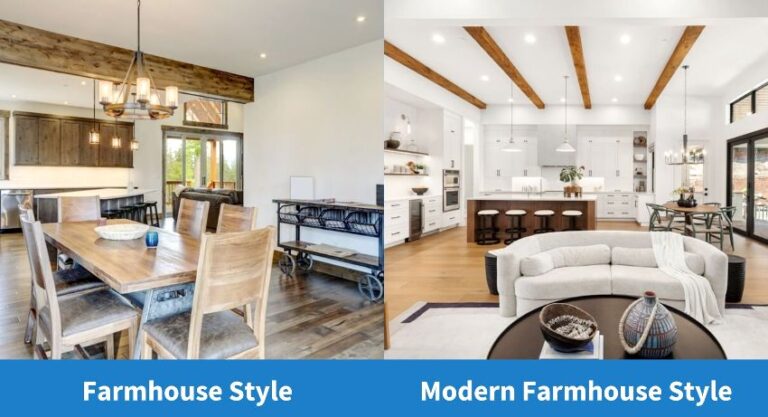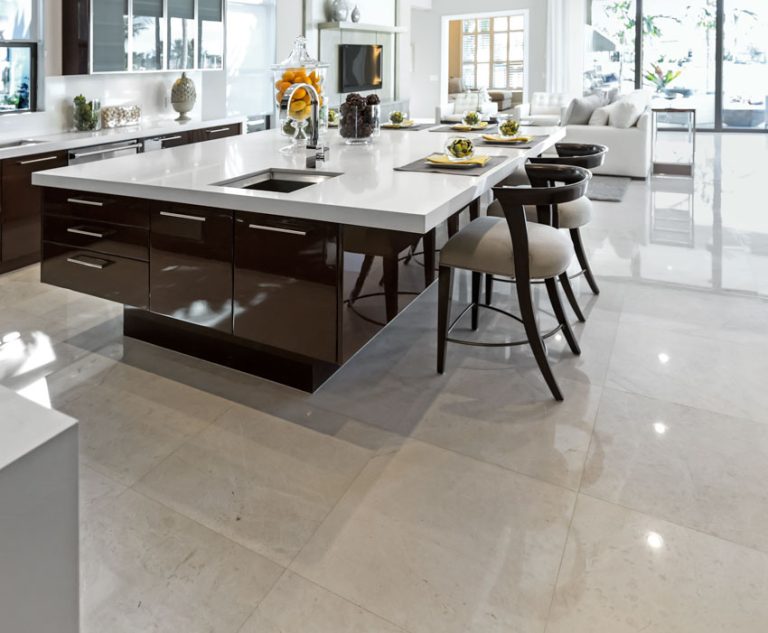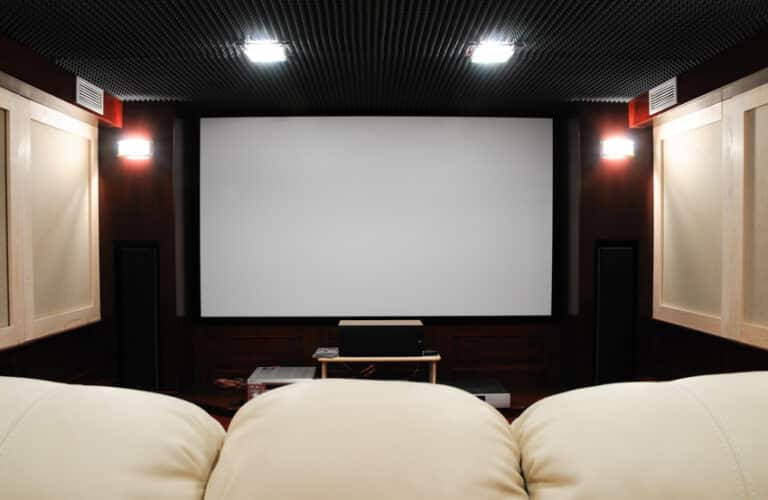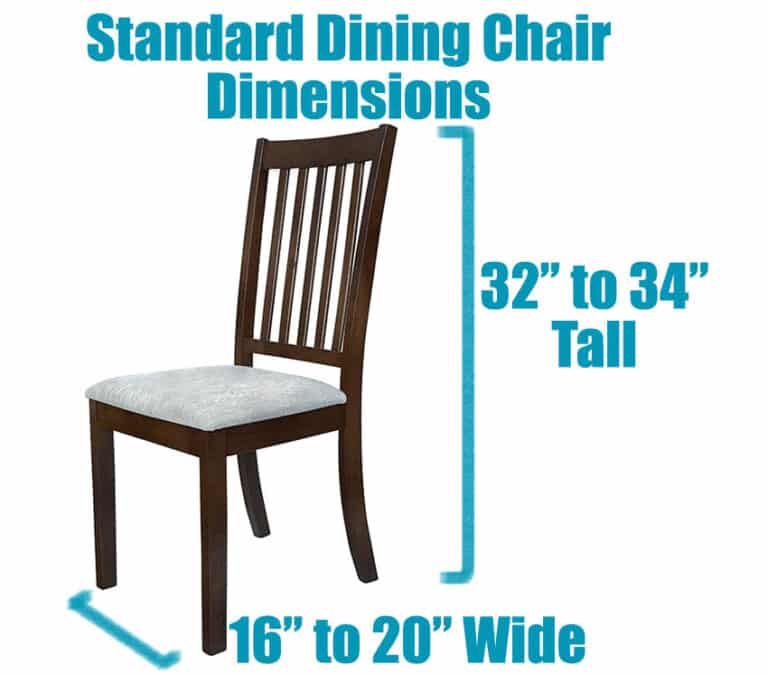Concrete Overlay Pros And Cons
In this concrete overlay pros and cons guide you’ll see what it is, advantages & disadvantages, durability, cost, and a concrete overlay is worth it.
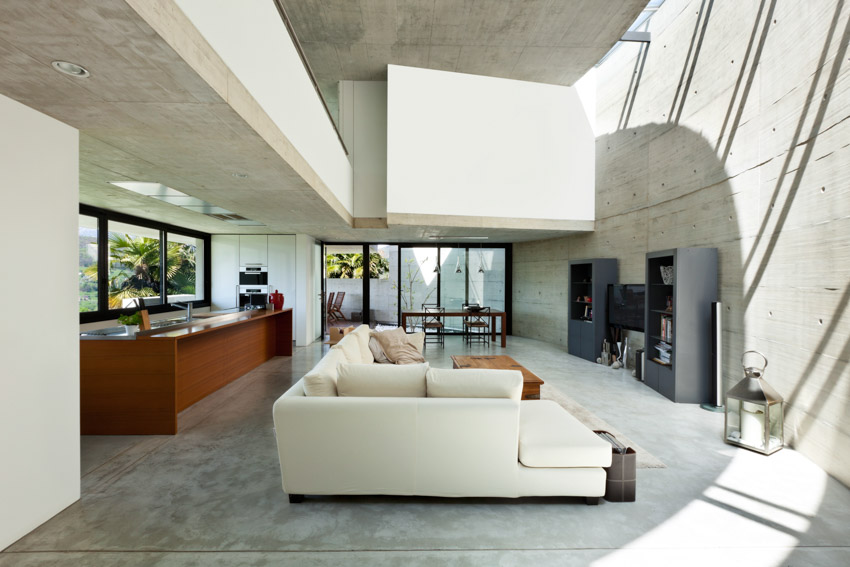 One of the top things that homeowners opt for in a remodel is the flooring. Floors are one of the top priorities for replacements as they want and need for a more stylish and modern-looking floor layout is ongoing. This can also make the floors easier to clean and maintain.
One of the top things that homeowners opt for in a remodel is the flooring. Floors are one of the top priorities for replacements as they want and need for a more stylish and modern-looking floor layout is ongoing. This can also make the floors easier to clean and maintain.
As a homeowner, the first thing you ought to know is that the perfect floor isn’t your tile or your linoleum or carpet – it’s what’s underneath it. This is where the need for concrete overlays comes in.
What Is A Concrete Overlay?

This overlay is placed over your existing concrete slab for either decorative or repair purposes. The thickness of how they’re applied may also vary greatly. It can have a feather thin finish or it can have a standard thickness which is ¾ inch.
The material being used is usually polymer-modified concrete. This is for the purpose of either repairing existing concrete or resurfacing it.
The maximum thickness in some cases can be up to 2 inches thick. They are also oftentimes broom finished, left smooth, or stamped, depending on the preferences of the homeowner who is initiating the upgrade.
Pros Of A Concrete Overlay
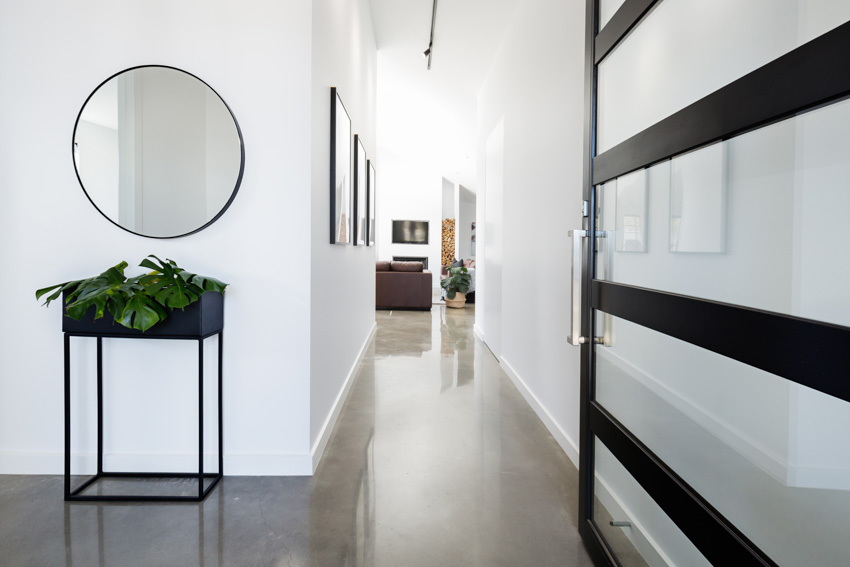
There will be instances wherein you won’t necessarily have enough room to accommodate the thickness of the material that you’re adding on.
This means that you would have to make further changes to the actual subfloor or other elements in the home such as your vents, the different baseboard styles, window frames, door frames, and so on and this can cost you a lot of money.
Concrete overlays, on the other hand, can just be poured directly onto any existing subfloor without the need for any major modifications or anything like that. You can tack it on as thin as you’d like it to be.
Design and installation versatility: Concrete overlays are amazingly versatile. They are poured out as liquid. This means that they will take the shape and form of the area that they’re applied to so they will be able to easily fill up any space that requires filling.
Just spread the wet material into literally any area where you want it and it will fit right into the curves, grooves, and nooks.
In terms of design versatility, concrete overlays can be changed into any color that you can possibly think of. If you want to stamp the design of the surface, that’s possible too. If you want a patterned, textured, or polished concrete floor that’s also very possible.
A layer of clear sealer is usually added to enhance the color and to give it an extra layer of shine. There are even instances wherein texture beads are added to the surface to bring in a slip-resistant feature on the floors.
Longer life span and better durability: Concrete can last for a very long time. This is mainly because this is a dense material that knows how to stand up against a lot of damage.
Because the concrete overlay is oftentimes installed with a penetrating sealer, this can make it so much more resistant to stains and scuffs. All that’s required to keep your floors looking great is for you to just sweep and mop it up regularly and remove the dirt.
Concrete is a really low-maintenance flooring material and you can count on it to last for a very long time without worrying too much about getting it damaged.
Affordable: Applying an extra coat or layer of concrete onto an existing concrete floor is way cheaper compared to getting new tile installed or compared to literally any other type of flooring.
Even if you don’t have an existing concrete slab as your subfloor, you can still get a concrete overlay installed on a subfloor or any other floor of some other type. You can put a concrete overlay over literally any type of material.
They are far less expensive compared to a concrete pour and way thinner as well. A concrete pour is typically around 4 to 6 inches thick.
Environmentally friendly: Opting to go for a concrete overlay will also turn out to be an environment-friendly choice. You get to take advantage of whatever existing surface you have and end up using fewer materials and lower costs as well to get a new floor created.
And since concrete is a material that lasts for a long time and doesn’t get easily damaged, you will not have to replace it as quickly as you would if it were made of some other material. This makes concrete overlay a far greener choice at the end of the day.
Future-proof: You can easily change it by laying down a carpet, some types of floor tiles, or even linoleum. If you end up changing your mind about the kind of floor you want somewhere along the road, you will be able to do it without burning a hole in your wallet.
You can also easily change up the look of your floors by just putting area rugs and carpets around. This makes concrete overlays extremely future-proof and versatile.
Cons Of A Concrete Overlay
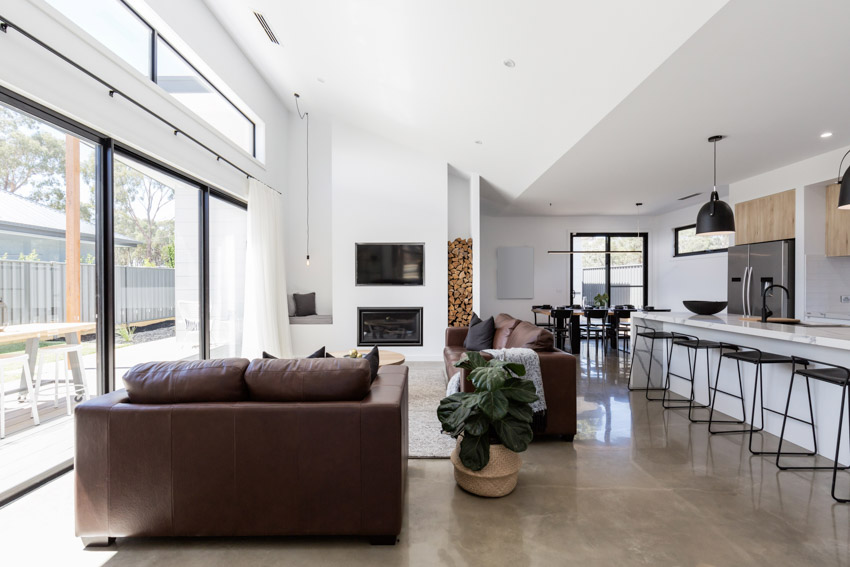
Are there any dents, dips, holes, cracks, and so on? Laying out an overlay without getting the issues corrected will cause cracks down the line.
You can easily fix whatever issues you find by simply pumping foam epoxy into the problematic spots or areas and sanding them down with a concrete grinder to level the surface area. Read more about epoxy floors here.
It’s difficult to correct mistakes: For as far as installing concrete overlays is concerned, you need to make sure that you hire a professional for this task. This isn’t something that you can treat as some sort of DIY project.
If mistakes are made in the installation, these can turn out to be very expensive to fix. The stain technically soaks into the concrete. What this means is that if the overlay isn’t applied correctly, you will have to remove and reinstall the concrete itself in order for that mistake to be corrected.
Hard surface: Concrete comes with a hard surface and this can feel hard and cold on the feet. This is why some people prefer other materials such as different types of carpet, rugs, and so on.
If you happen to be one of these homeowners who prefer something cozier for the floors, You might want to think of all of the advantages offered by concrete overlays before you dismiss them completely for being hard and cold on the feet.
How Long Does A Concrete Overlay Last?

A lot of variables can go into this from the actual quality of the overall material, the amount of preparation done, as well as how much regular maintenance it gets all contribute to the impact of how a concrete overlay’s life span can stretch out.
How Thick Should Concrete Overlay Be?
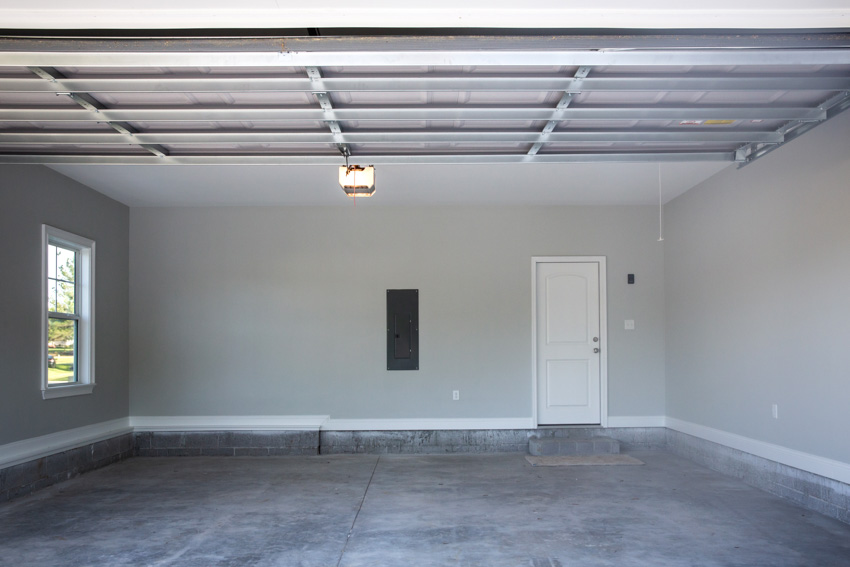
This kind of thickness is preferred because it minimizes the issue of cracks. Welded wire fabric is also used for reinforcement but in most cases, they aren’t always used because some would say that they aren’t necessary.
However, technically speaking, it can be as thin or as thick as you want it to be. Just keep in mind that the thicker the concrete overlay is, the more you will need to reinforce it would welded wire fabric to give the concrete something to adhere to and for it to hold up accordingly.
How Much Do Concrete Overlays Cost?

A decorative concrete overlay, on the other hand, will cost a bit more. Its range is at around $7 to $12 per square foot. And then of course, the most expensive type is the stampable concrete overlay ranging from $8 to $20 per square foot.
Will Concrete Overlay Crack?
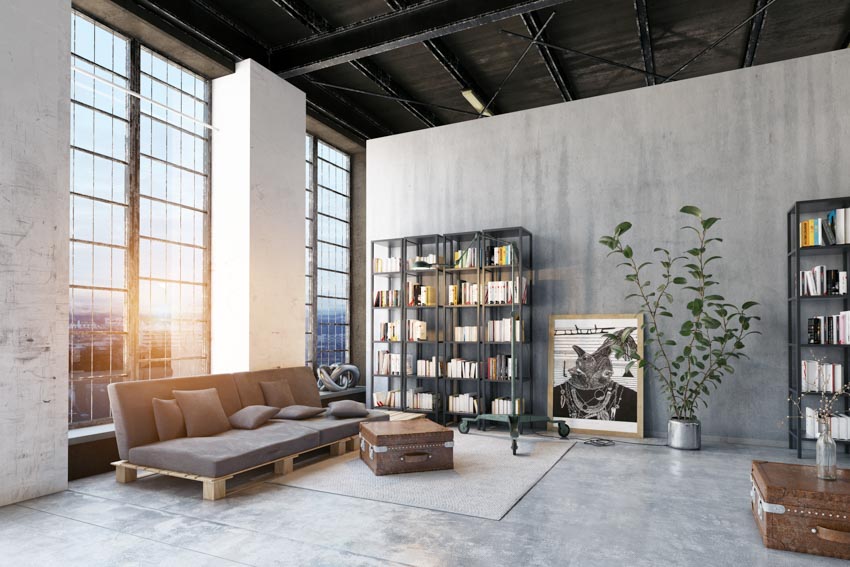
This movement can cause the concrete overlay to crack because the movement can transfer via the X-Bond. This will usually start with just hairline cracks that are barely visible but if left unchecked, it can grow bigger over time.
Is Concrete Overlay A Good Idea?
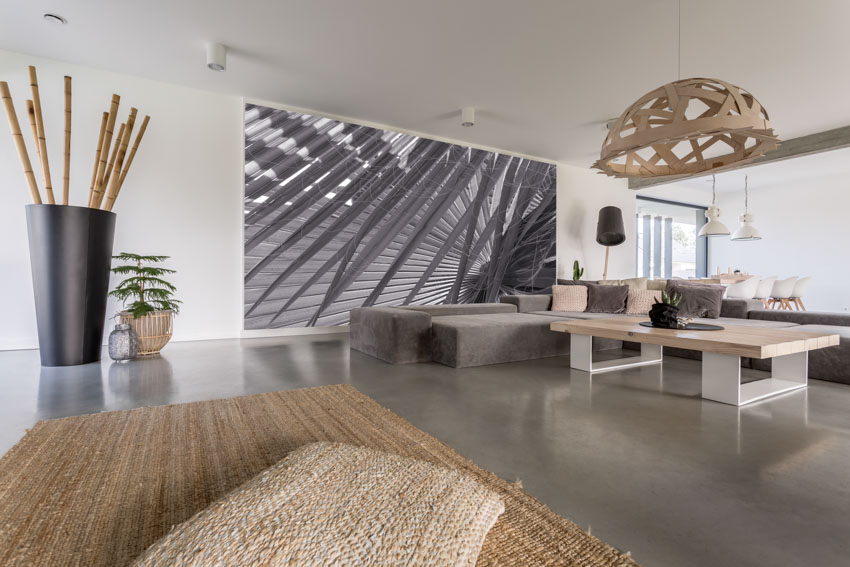
The concrete overlay itself is comprised of materials that have been known to be quite resistant to most damages from etching to staining to heavy equipment use to spillages and so on.
See more related content in our article about concrete floor finishes on this page.

